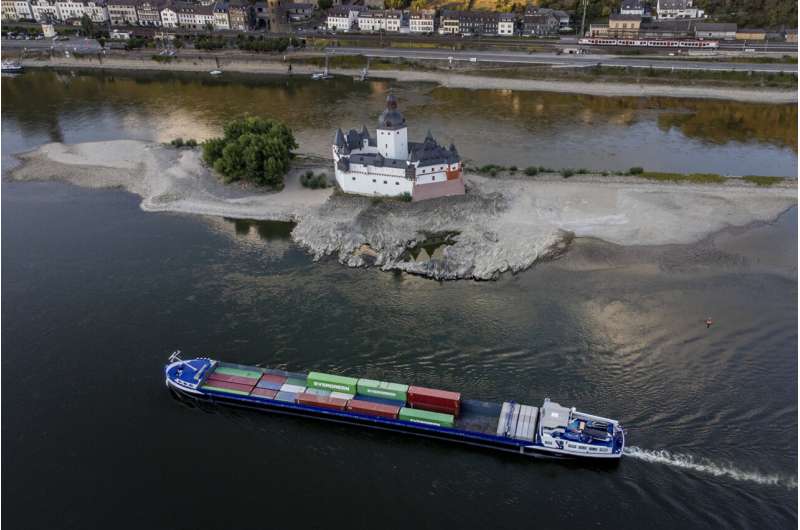

It may be the only way to save money with an NFIP policy. But, if you buy private flood insurance you won’t need an Elevation Certificate. If they don’t have one, ask them to either pay for one or credit you for buying one. If you are buying a house and are required to buy flood insurance, ask the Seller for their Elevation Certificate. #3 They cost homeowners $600+ just to get the form filled out. #2 80% of the time they aren’t filled out correctly (that’s why private insurers ignore them). So, they created the Elevation Certificate! This is a government form that must be filled out by a surveyor that you pay to come out to the property and measure the elevation.Įlevation Certificates have just a few problems. It dawned on them that for some flood zone maps, there were certain details unique to the property that could impact the premiums. The federal government finally saw a flaw in their one size fits all flood insurance calculation. Why Is an Elevation Certificate Important to Flood Insurance Cost Calculation? An Elevation Certificate is only important if you are buying flood insurance through the NFIP.
FLOOD FACTOR FREE
Get a Free Quote For Flood Insurance We Shop NFIP and Private Flood Insurers Most property owners save money with private flood insurance. Better information means they know the real cost of flood insurance. They also use heavy-hitting risk modeling to calculate every imaginable scenario to gauge the probability of a structure having a flood loss. The private flood insurers rely on the most accurate digital land surveys available. They combine high tech data analytics with advanced mapping using satellites and aircraft LADAR. The private flood insurance market uses an entirely different flood insurance cost calculator.

Most of the NFIP policies base their flood insurance cost calculator on the foundation depth in relation to the Base flood elevation. Then there is the design of the structure, the age of the structure, and whether it is elevated or if the foundation is subgrade. Limits for RCBAP and condo flood policies are different. How is Flood Insurance Cost Calculated? In addition to the flood zone map, the amount of coverage purchased ($50,000 – $250,000 for residential or $100,000 – $500,000 for commercial) is a factor. They evaluate the real risk and then calculate flood insurance cost. But the private insurance market doesn’t look at that. Either way, people didn’t pay the right amount. Then to make things even more confusing, they heavily subsidized some policies and others they charged skyhigh premiums. With the NFIP, your flood insurance premium is calculated on your flood zone, rather than the actual risk to your structure. But the government used these maps as gospel and the basis of the premium. Heck that’s what insurance is…the transfer of the risk of loss. As every Flood Nerd learns in insurance 101, insurance premiums are supposed to be based on the actual risk. Then they took each group and assigned flood zone rate maps. In true bureaucrat fashion, they divided the US into 2 categories: During that time, Washington was the only source of flood insurance through the National Flood Insurance Program (NFIP). I don’t have time for maps Get Me a Free Quote for Flood InsuranceįEMA Flood Insurance Rate Maps Versus Real Risk The flood insurance rate map was created during the federal government’s 50-year monopoly on the flood insurance market. Or, you can just let a Flood Nerd shop for your flood insurance with our numerous private flood insurers and then compare it to the cost with the NFIP. To calculate flood insurance costs you need to understand the flood insurance rate map. It also depends on where you buy your flood insurance.

That’s because flood insurance costs vary depending on where the structure is located. Two identical homes with identical contents can have two different premiums. But calculating the cost of flood insurance isn’t easy. Wondering About the Average Cost of Insurance? As flood experts, everyone asks us “ how much should flood insurance cost?” The Flood Nerds™ at Better Flood think you should pay as little as possible for good coverage.


 0 kommentar(er)
0 kommentar(er)
